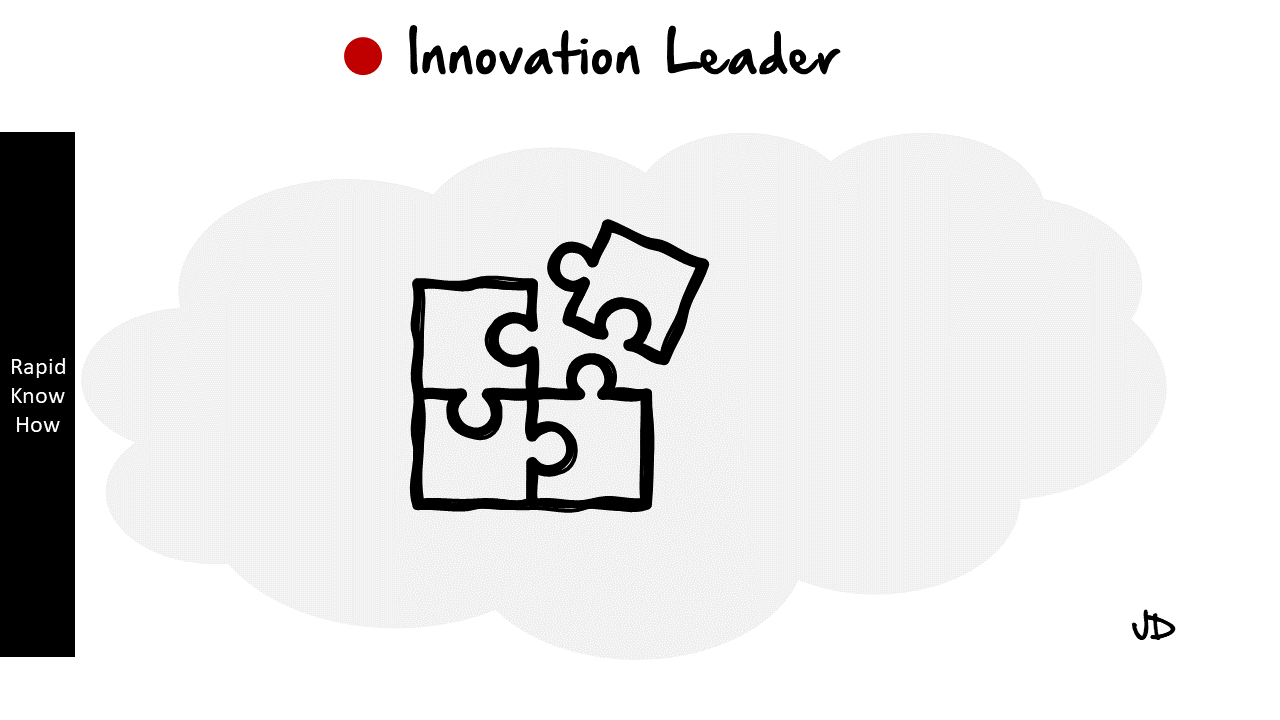The role of storyboarding in video game design and development is a critical one. It’s a process that helps designers, developers, and other stakeholders visualize the gaming experience before it’s brought to life.
A. Importance of Storyboarding in Game Design
Storyboarding is essentially the process of creating a visual representation of the game’s narrative and gameplay elements. It involves sketching out scenes, characters, environments, and actions in a sequential manner to provide a clear understanding of how the game will unfold.
One of the primary reasons why storyboarding is important in game design is that it allows for effective communication among team members. It provides a common ground where everyone involved in the project can understand the vision and direction of the game. This ensures that all team members are on the same page, reducing misunderstandings and miscommunications.
Storyboarding also plays a crucial role in identifying potential issues or challenges early on in the development process. By visualizing each scene or level, designers can spot inconsistencies, plot holes, or gameplay issues that may not have been apparent in a written script or concept document.
B. How Storyboarding Aids in Creating Immersive Gaming Experiences
Storyboarding contributes significantly to creating immersive gaming experiences by helping designers visualize and plan out every aspect of the game world. This includes character interactions, environmental design, plot progression, and gameplay mechanics.
By mapping out these elements visually, designers can ensure that they all work together cohesively to create an engaging and immersive experience for players. For instance, storyboarding can help designers plan out how players will interact with different characters or objects in the game world, ensuring that these interactions are meaningful and contribute to the overall narrative.
Moreover, storyboarding allows designers to experiment with different ideas and concepts before they are implemented into the game. This gives them the freedom to explore innovative gameplay mechanics or narrative structures that can enhance player immersion.
C. Case Studies from Successful Video Games
Several successful video games have utilized storyboarding effectively in their design and development process.
1. “The Last of Us” by Naughty Dog is a prime example. The game’s narrative-driven approach was heavily reliant on storyboarding to map out the complex character interactions and plot developments. This allowed the team to create a deeply immersive and emotionally engaging experience that resonated with players.
2. Another example is “BioShock Infinite” by Irrational Games. The game’s intricate narrative and unique setting were brought to life through detailed storyboards that helped the team visualize the game world and its various elements.
3. “Uncharted Series” also by Naughty Dog, used storyboarding to plan out its action-packed sequences and cinematic storytelling approach. This helped them create a seamless blend of gameplay and narrative that kept players engaged throughout.
In conclusion, storyboarding plays a pivotal role in video game design and development. It facilitates effective communication among team members, helps identify potential issues early on, allows for experimentation with different ideas, and contributes to creating immersive gaming experiences. As demonstrated by successful games like “The Last of Us”, “BioShock Infinite”, and the “Uncharted Series”, effective use of storyboarding can significantly enhance the quality and success of a video game.
